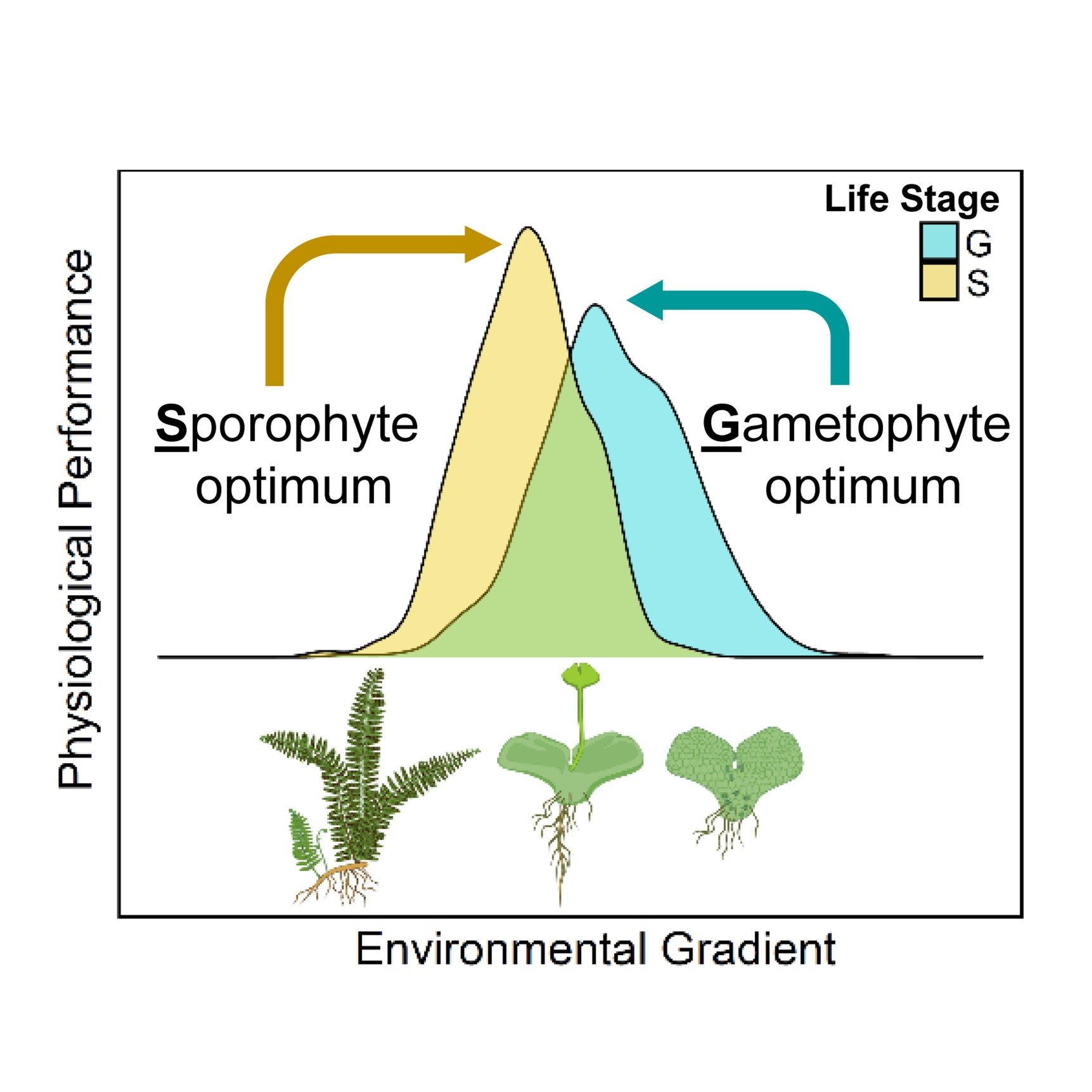Research
How does physiological function drive patterns of spatial biodiversity?
What are the eco-evo mechanisms that generate physiological diversity?
Our work broadly centers on understanding the evolutionary and ecological significance of plant form and function. We have a strong emphasis on connecting mechanisms across scales to explain ecological and/or evolutionary patterns. To accomplish this, we integrate theoretical, comparative, and experimental approaches across multiple levels of biological organization including anatomical structure-function relationships, ecophysiology, evolutionary ecology, and phylogenetic methods.
In short, our research is diverse but tends to be related to:
1) fundamental Q's about how plants work,
2) the coordination of traits under stress,
3) how physiology determines ecology and distribution,
4) why species' physiologies evolved as they did.
Read more about our research and active projects below:
Active Research Projects
-

Physiological Evolution in Deep Time
-

Coordinated Ecophysiology Across Fern Life Stages
-

Polyploidy as a Driver of Ecophysiological Novelty
-

Landscape Physiology of Crop Wild Relatives

